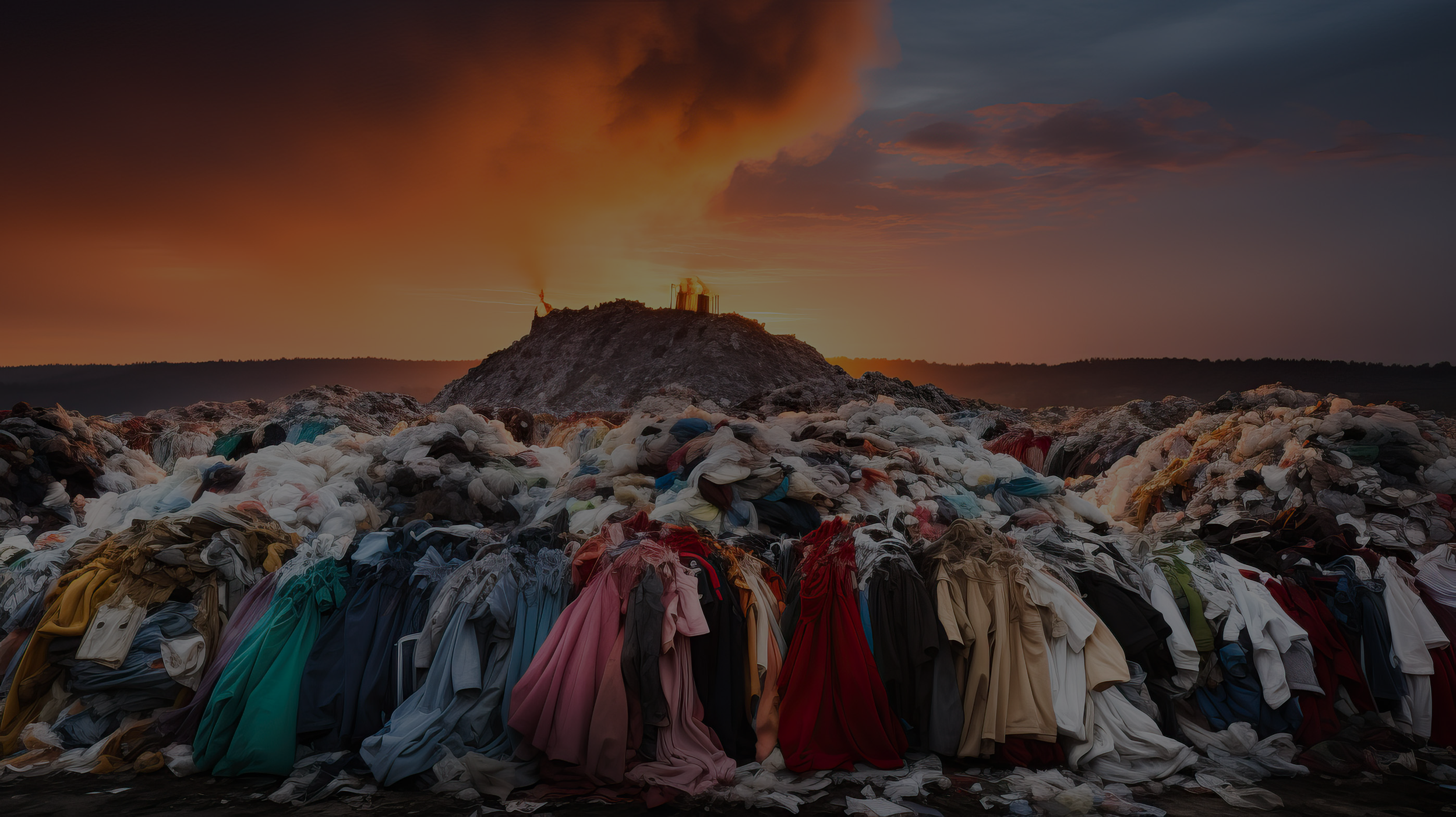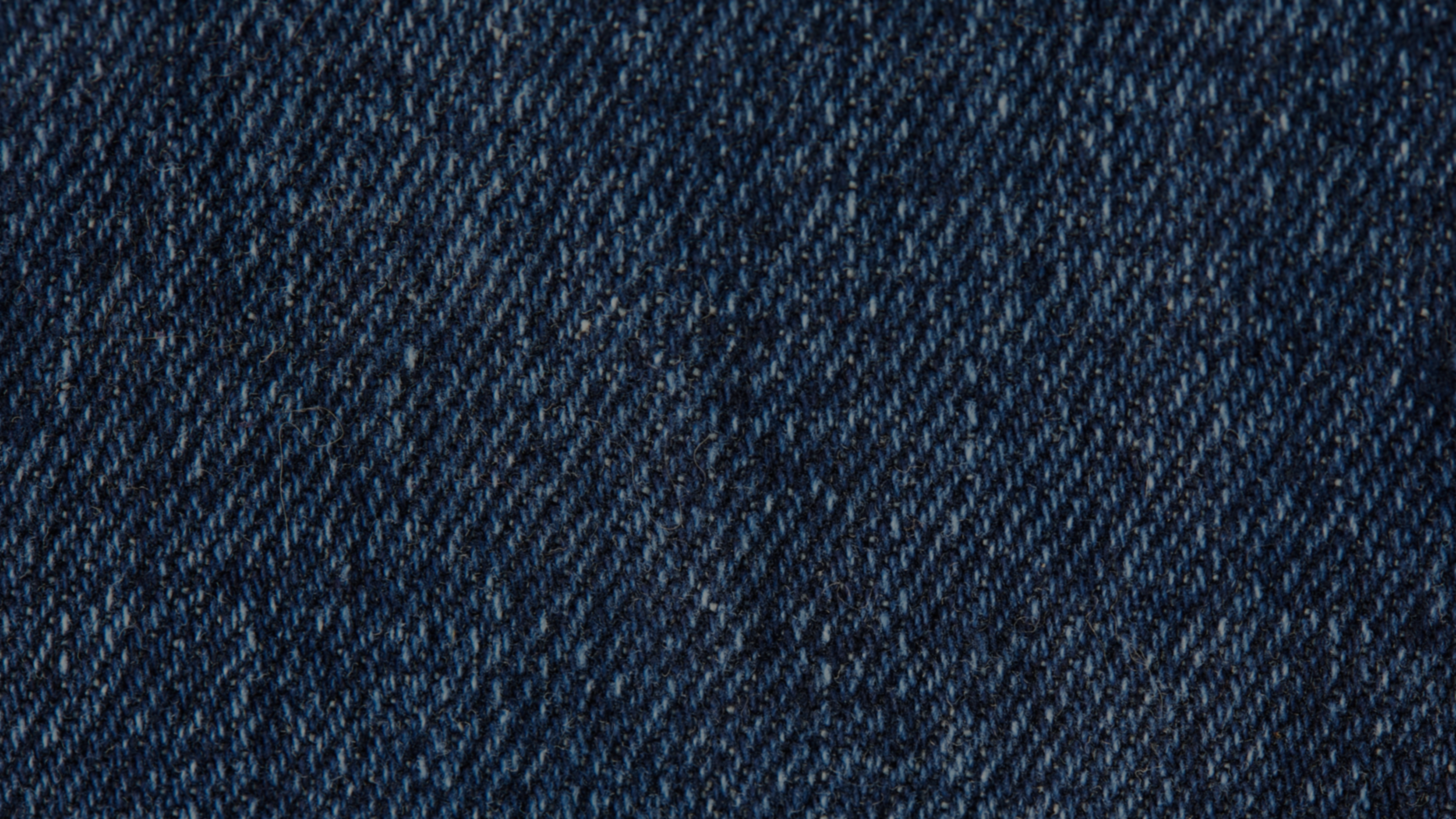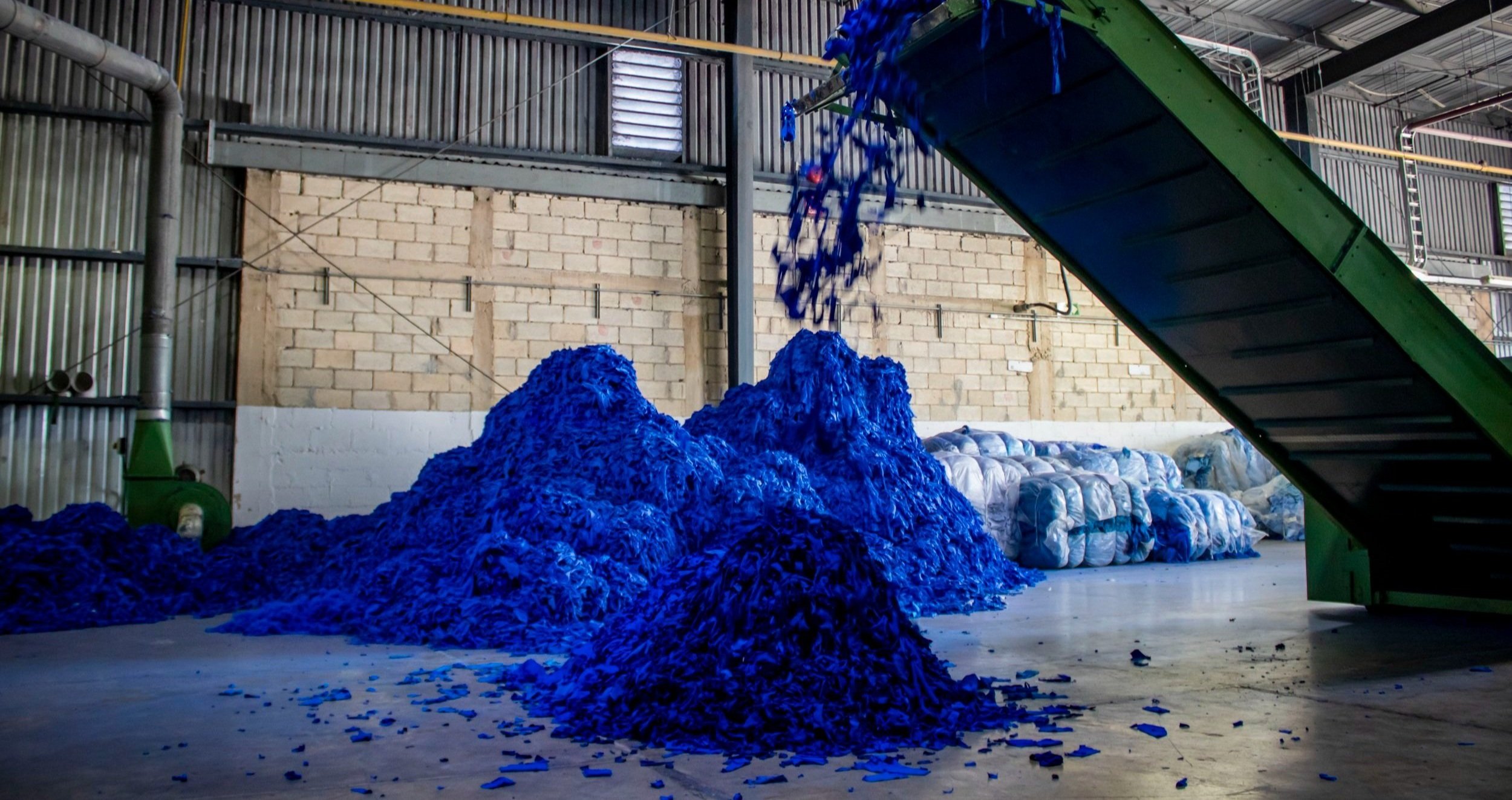
Our mission is to build circular systems that turn used textiles into new raw materials.
WHAT’S AT STAKE
The current linear model of the textile industry is causing significant environmental damage, from greenhouse gas emissions to water pollution. In the U.S. alone, textiles accounted for 16.9 million tons of annual waste in 2018. This waste, along with the underutilization of clothing, leads to a global economic loss of $500 billion every year. Currently, less than 1% of used clothing is recycled into new materials. And the EU is not much better, with an estimated 6.95 million tonnes of textile waste in 2020.

92
MILLION
Tons of textiles go to landfill annually.
The textile industry accounts for 10% of all GHGs.
This equates to approximately 16kg of textile waste per person. Only a small percentage of textile waste is currently recycled into new clothing. Through collaborative efforts with industry leaders, innovators, and stakeholders, Accelerating Circularity is making significant strides in reducing textile waste and creating a more sustainable future for the fashion industry.

“Our answer is circular. The textile industry needs textile-to-textile systems to reduce our need for new raw materials and divert used textiles from landfill and incineration. Implementing these systems will reduce our energy, water and chemical consumption.”
–Karla Magruder
LET’S GET DOWN TO BASICS
The circular system requires all players at every point in the value chain to recognize that now is the time for action. Accelerating Circularity is building these systems through education, collaborations, and trials. You don’t want to be left behind.
We’re all connected by a thread, and the textile- to-textile system is inevitable. We’ve figured it out. We’ve started the work and have proven that the circular model works.



